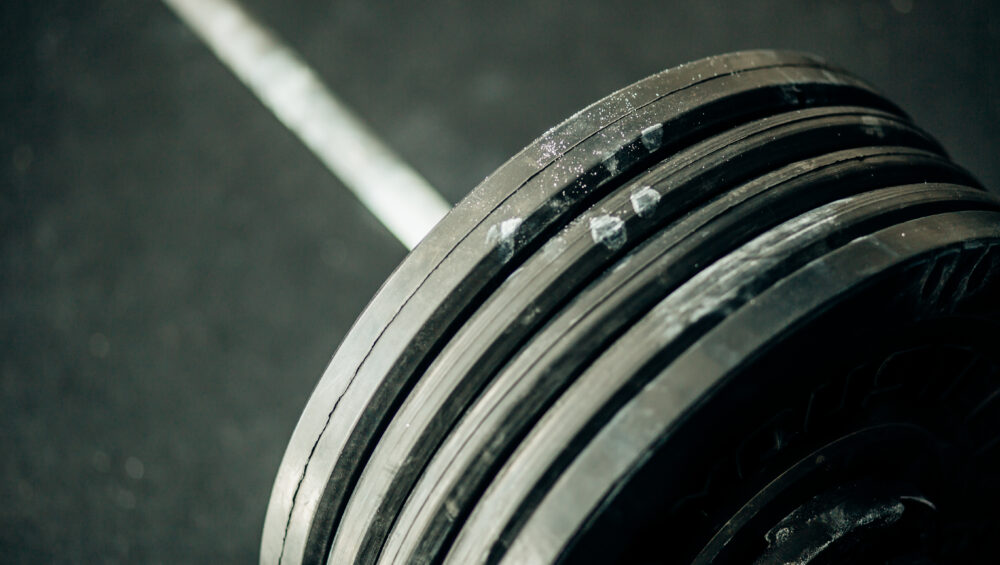As odes are concerned, you can relax: this post is not a poem.
However if I were to give my poem writing skills a test-drive it may look a little something like this:
Meadow’s Row, Meadow’s Row.
Thou shall build superior backs.
Lats, lats.
More lats.
I like bacon.
Seems how I won’t be giving Langston Hughes a run for his money anytime soon, lets get into the meat and potatoes of the Meadow’s Row and why I like it so much.
First off, John Meadows, the guy who popularized the movement, was a brick shit house. Sadly, John passed away in 2021.

It was a long-time staple exercise in his routines, and, if you want a back the size of Nebraska, like John had, you’d be remiss not to start peppering it into your exercise routines as well.
I’ve been a big fan of the Meadows’ Row for awhile, ever since I first saw John mention it in THIS article over on T-Nation a few years ago. It wasn’t until earlier this week, however, when I posted the picture below on Instagram that I felt compelled to write about it.
Basically, someone saw the picture and asked if I’d discuss coaching cues and provide a few videos?
Given I’ve been in a little “coming up with new content funk” I was more than happy to oblige. So, here you go.
The Meadow’s Row
What Does It Do? – I’d like to preface everything by saying I do feel it’s important for most trainees – especially beginners and intermediates – to pump the brakes a little and learn to perform a strict 1-Arm DB Row first.
You can start HERE.
But also, check out THIS article from Lee Boyce.
The 1-Arm DB Row should not be performed in a straight up and down motion. This often leads to faulty mechanics and people “rolling” their shoulder(s) too far forward due to excessive humeral extension.
The resultant abducted and anteriorly tilted scapular position makes it cumbersome to target the upper back muscles, which is kinda the point of the exercise in the first place. So, there’s that.
Rather, the more kosher way to perform them is to have the DB move in an “arc” fashion; forward and back. This does two things:
- When conjoined with the cue “bring your elbow to your hip or back pocket” it prevents the elbow from going past the midline of the body, avoiding that “rolling” of the shoulder mentioned above.
- It matches the fiber orientation of the lats, which is what we’re really trying to target.
Side Note: I also agree with Lee that you can only be so strict with the DB Row for so long before it loses its moxy.
Meaning: I think it is important to be strict – at first – so that you can target the scapular retractors (namely, rhomboids). However, it won’t take long before the limiting factor of how much weight you can use is, you know…being strict.
As Nick Tumminello notes in THIS excellent article, two things to consider are the Resistance Curve and Strength Curve of any exercise.
The Resistance Curve: This refers to how the load changes throughout the range of motion based on changes in lever-arm (or moment-arm) length.
The Strength Curve: This refers to how your strength changes throughout the range of motion of a given exercise, which is due to a principle of physiology known as the length-tension relationship or the length-tension curve.

Photo Credit: T-Nation.com
Muscles have the lowest potential to produce force when they’re either fully elongated or fully contracted – somewhere in the middle is when they produce the highest amount of tension.
Moreover, when performing a horizontal row (like a 1-Arm DB R0w) the lever arm gets LONGER at the end range of the concentric motion (when your humerus is perpendicular to the ground).
As Nick notes:
“This is why you often see lifters pull the weight halfway with good form, then jolt it the rest of the way when doing exercises like barbell bent-over rows and one-arm dumbbell rows. It’s also why you see so many people turning their torso towards their rowing arm as they pull the dumbbell in on dumbbell rows, along with seeing people staying too upright on bent-over barbell rows and one-arm dumbbell rows, or leaning back to far when performing seated rows or machine rows.”
Anyways, I’m a firm advocate for coaching strict technique in the beginning. But we also need to recognize said strictness can be a limiting factor if muscle growth is a goal.
And, it is…..always……….;o)
By all means, be strict!
Just know you (likely) won’t be turning any heads or building an impressive upper back with your “strict” 45 lb rows.
So What is it About the Meadow’s Row That I Like So Much?
- It builds ginormous backs.
- Specifically, it hammers the lats (which is your largest back muscle).
- It makes you feel like a badass diesel motherfucker.
- It’s fun to do, and nice change of pace from plain ol’ vanilla DB Rows.
- A great option to go heavy if your gym is lame and doesn’t have heavy DBs.
Key Coaching Cues:
1. Use straps.
Don’t listen to internet trolls who will tell you you’re “cheating” if you use straps. They brag about 225 lb deadlifts and their parents still pay their phone bills.
Use straps. You don’t want your grip to be the limiting factor on these.
2. John himself advocates you open up your hip closest to the bar. As in: the hip closest to the bar should be higher than the outside hip. I believe he prefers this method as it puts the lats on stretch a bit more.
Either way, play around with hip position and see what feels best for you.
3. I like to support my torso with my “free” hand by resting it on my opposite knee. I feel this takes the burden off my lower back.
4. I still use the same cue: “elbow to back hip or back pocket.”
5. Try to feel a slight “stretch” in the bottom position, when arm is straight.
6. Holy shit, lats for days.
Another option would be to perform the Meadow’s Row with a Meadows Attachment.
The thinner handle helps with grip issues, and won’t result in demerit points if you’re adamant on not using straps.
In addition, you can also play around with different handle positions to see which one you prefer or feel most. There’s no right or wrong here.
NOTE: You can purchase the attachment HERE on Elitefts.com.
And That’s That
If you haven’t already, give the Meadow’s Row a try today. It’s one of my favorites and I’m sure you’ll learn to appreciate them as well.



